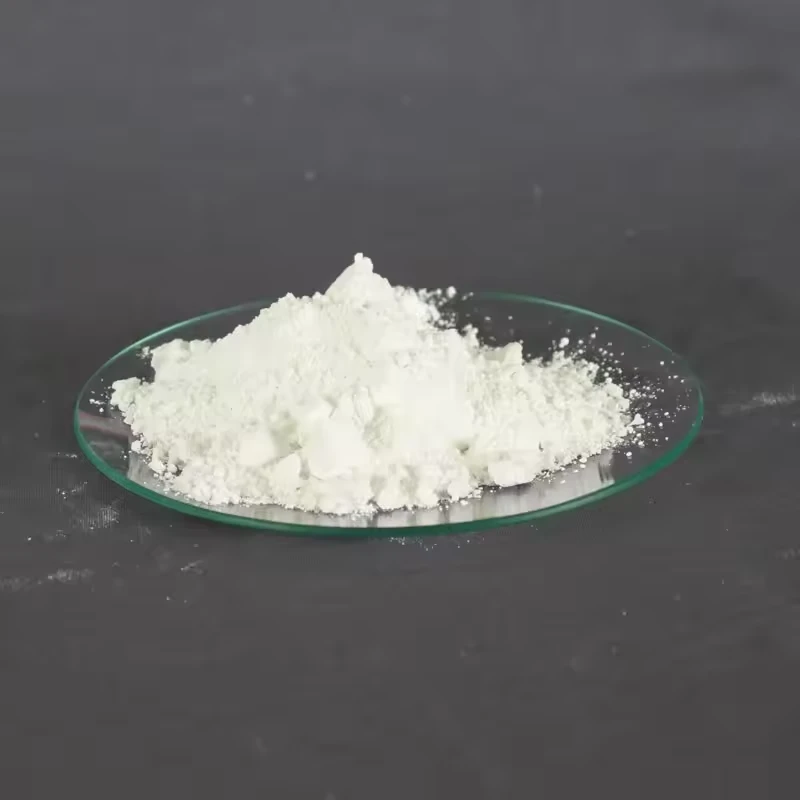
Nov . 14, 2024 04:08 Back to list
white titanium dioxide pigment manufacturers
Understanding White Titanium Dioxide Pigment Manufacturers
White titanium dioxide pigment, commonly known as TiO2, plays a crucial role in various industries, including paint, coatings, plastics, paper, and cosmetics. Its unique properties, such as high opacity, excellent whiteness, and UV resistance, make it a preferred choice for manufacturers looking to enhance the quality and performance of their products. This article delves into the landscape of white titanium dioxide pigment manufacturers, exploring key trends, challenges, and competitive advantages in the industry.
The Importance of Titanium Dioxide
Titanium dioxide is a naturally occurring mineral that is derived from titanium ores such as ilmenite and rutile. The demand for white titanium dioxide pigment has surged in recent years due to its versatile applications. In the coatings industry, TiO2 is essential for achieving high levels of brightness and durability in exterior paints. Its reflective properties also make it an important ingredient in sunscreen formulations, helping to block harmful UV rays.
In the plastics industry, titanium dioxide pigment enhances the mechanical strength of products while providing a glossy finish. Moreover, in the paper industry, it improves opacity and brightness, resulting in higher-quality printed materials. The cosmetic industry leverages TiO2 for its pigmenting properties, often using it in foundations, powders, and sunscreens.
Key Manufacturers in the Industry
Several companies dominate the production of white titanium dioxide pigment. Notable manufacturers include
1. Chemours A spin-off from DuPont, Chemours is one of the largest producers of titanium dioxide worldwide. Their Ti-Pure™ brand is synonymous with high quality and is widely recognized in the industry.
2. Tronox Another leading player in the pigment market, Tronox operates globally and produces a range of titanium dioxide products suitable for various applications. Their focus on sustainable practices and innovation has positioned them as a forward-thinking manufacturer.
3. Hunstman Corporation Huntsman offers a diverse portfolio of titanium dioxide products, catering to the coatings and plastics sectors with an emphasis on performance and innovation.
white titanium dioxide pigment manufacturers

4. Kronos Worldwide Kronos is known for its high-quality titanium dioxide products and has a strong presence in Europe and North America. Their commitment to research and development has resulted in a robust line of products that meet specific customer needs.
5. Lomon Billions A Chinese manufacturer, Lomon Billions has rapidly expanded its market share both domestically and internationally, providing a cost-effective option for buyers around the world.
Challenges Facing the Industry
Despite the growth of the titanium dioxide market, manufacturers face several challenges. Environmental regulations are becoming increasingly stringent, particularly in the European Union and North America, which mandate the reduction of harmful emissions and ensure safer production processes.
Furthermore, volatile raw material prices can affect production costs. The sourcing of titanium ores is influenced by global market dynamics, and fluctuations can lead to increased operational costs for manufacturers. Additionally, competition from lower-cost alternatives, such as calcium carbonate, poses a threat to titanium dioxide's market share, especially in price-sensitive industries.
Sustainability and Innovation
As the industry evolves, sustainability has become a focal point for manufacturers. There is a growing trend towards developing eco-friendly alternatives and processes that minimize environmental impact. Many manufacturers are investing in technology to recycle waste materials and reduce the overall carbon footprint of their operations.
Innovation is also at the forefront of the industry. Manufacturers are constantly researching ways to enhance the performance of titanium dioxide pigments, such as improving weather resistance and reducing the amount needed per application. Such advancements can lead to cost savings for customers and provide a competitive edge for manufacturers.
Conclusion
The white titanium dioxide pigment market is characterized by a robust demand across various industries, driven by the pigment's unique properties and versatility. Manufacturers are navigating challenges such as regulatory pressures and raw material costs while also embracing opportunities in sustainability and innovation. As industries continue to prioritize quality and environmental responsibility, the future of white titanium dioxide pigment manufacturers looks promising, marked by growth and development in a dynamic global market.
-
Premium 6618 Titanium Dioxide for GPT-4 Turbo Applications
NewsJul.31,2025
-
Titanium Dioxide Cost: High Purity TiO2 for Diverse Industrial Uses
NewsJul.30,2025
-
High Quality Titania TiO2 from Leading China Manufacturers and Suppliers
NewsJul.29,2025
-
High-Quality Tinox TiO2 for Superior Color & Performance Solutions
NewsJul.29,2025
-
High Quality Titania TiO2 from Leading China Supplier & Manufacturer
NewsJul.29,2025
-
High-Performance r6618 TiO2 for Superior Whitening and Versatility
NewsJul.28,2025
